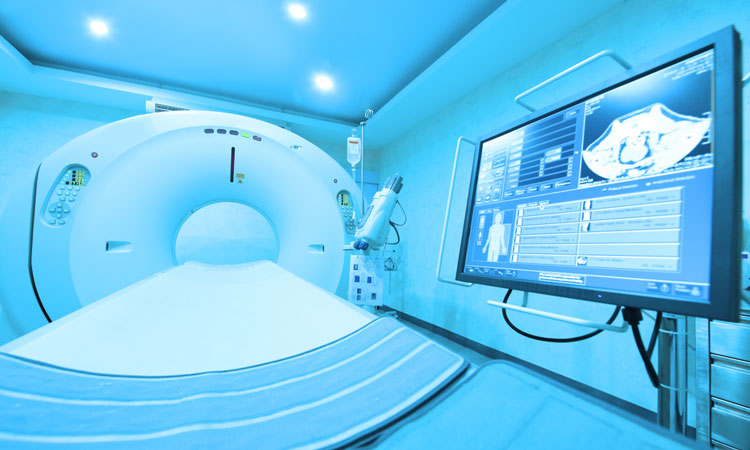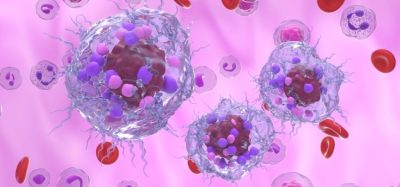High-resolution MRI imaging inspired by antennas
Posted: 1 November 2018 | European Pharmaceutical Review | No comments yet
High-resolution MRI imaging techniques have been developed by a team of researchers through looking closely at antennas and how they function…


High-resolution magnetic resonance imaging (MRI) machines can work better by changing the structure of radio probes from coils to antennas.
Researchers posed the question: how can you make a high-frequency MRI machine more precise? They answered it by taking an electrical engineering approach to create a better, more uniform magnetic field.
In a recent study, researchers discovered that radio frequency probes with structures inspired by microstrip patch antennas increase MRI resolution in high-frequency MRI machines, when compared to conventional surface coils used now.
“When frequencies become higher, wavelengths become shorter, and your magnetic field loses uniformity,” said Dr Elena Semouchkina, an Associate Professor of Electrical and Computer Engineering at Michigan Tech. “Uniformity is important for high resolution images, so we proposed a new approach to developing these probes.”
Prof Semouchkina explains that kind of antenna that you see on the top of a building isn’t quite the same thing used here, but instead, the team’s design was inspired by microstrip patch antenna (MPA). The design is relatively simple: MPAs are made of a flat piece of metal grounded by a larger piece of metal. They’re cheap, simple, and easy to make, which is why they’re so often used in telecommunications.
MRIs work by issuing radio frequency pulses in a magnetic field via probes with coils or bird-cage like structures. That’s then used to create an image.
But those conventional coils have frequency limits: too high and they can’t create uniformed magnetic fields at the volume researchers need.
MPAs are an alternative where waves oscillate in the cavity formed between the patch and ground plane electrodes, which are accompanied by currents in the patch electrode and, respectively, oscillating magnetic fields around the patch, providing a magnetic field that is both even and strong.
“While the complexity of birdcage coils increases with the increase in operation frequency, patch-based probes can provide quality performance in the higher microwave range while still having a relatively simple structure,” Prof Semouchkina said. They also showed smaller radiation losses, making them competitive with, and even better than, conventional coils.
Because of the damage high-frequency radio waves cause to humans, the study was limited to high frequency machines – not the metal tube that we’re used to seeing in hospitals and medical centers. Humans can only sustain frequencies up to seven Teslas, but ultrahigh fields up to 21.1 Teslas can be used in testing on animal models, and in tissue samples.
Prof Semouchkina is already known for her work involving invisibility cloaks, which involve redirecting electromagnetic waves around an area to hide an object. “We use some of the same approaches that we developed in cloaking devices here, like making antenna smaller,” she said.
The study was published in Transactions on Microwave Theory and Techniques.
Related topics
Analytical techniques, Clinical Development, Imaging, Magnetic Resonance Imaging (MRI), Research & Development (R&D)









